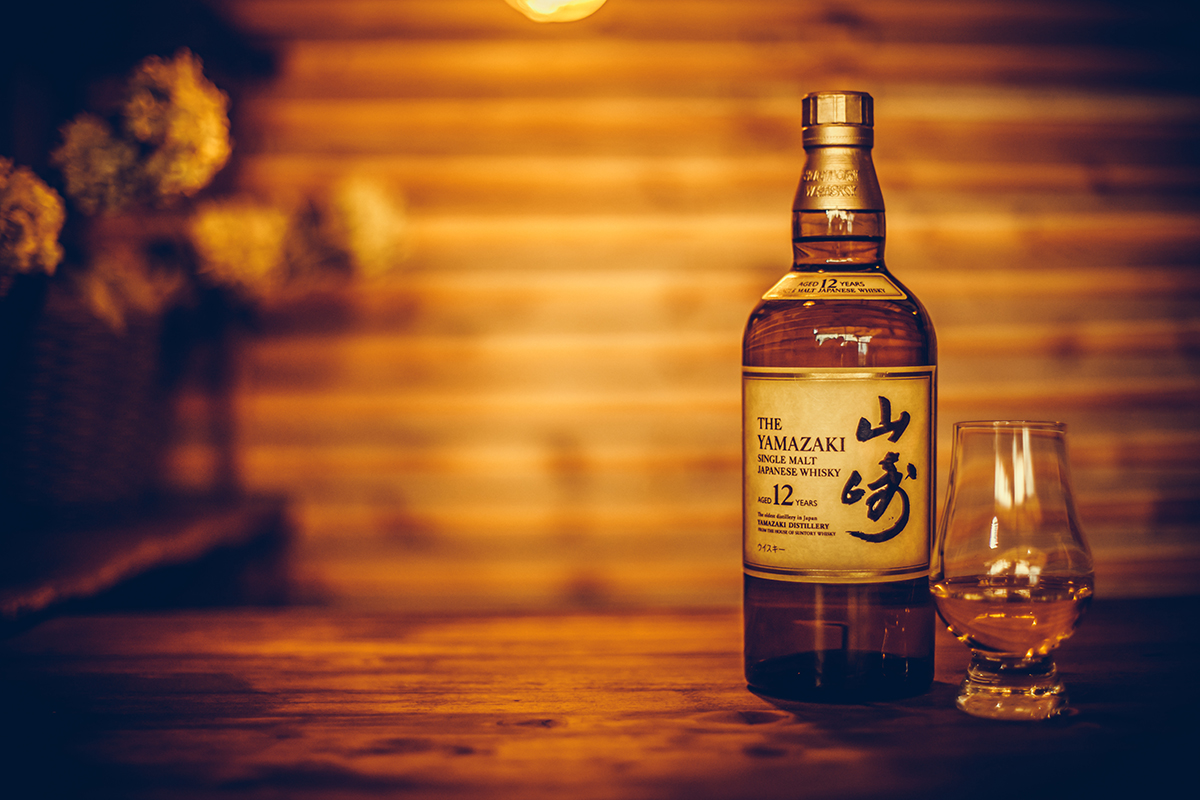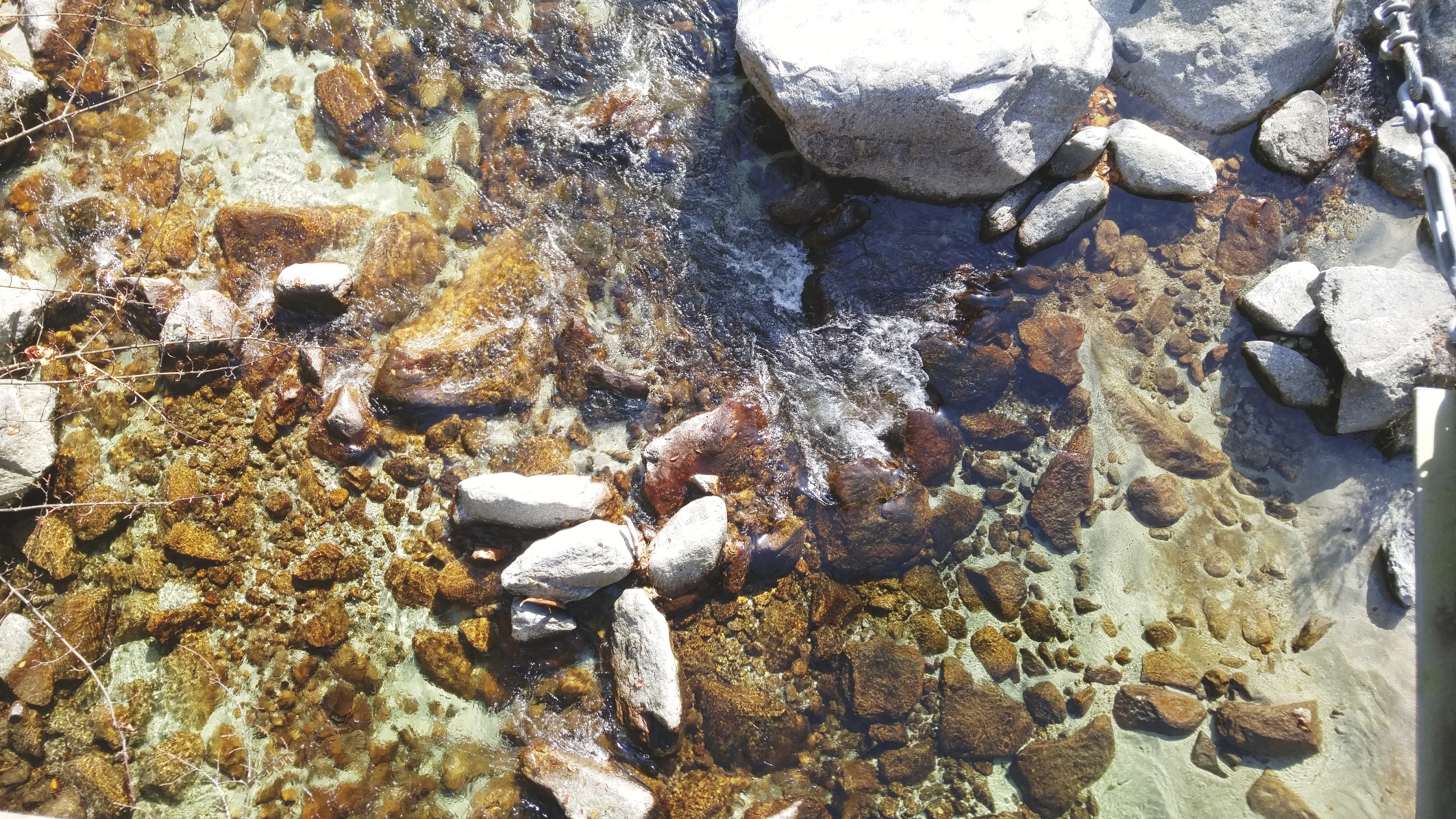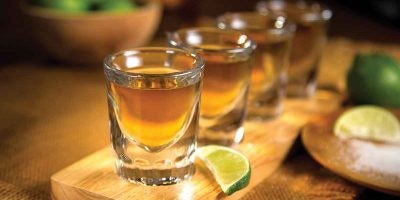Japanese whisky is more popular than ever. While its distilleries were originally based on imported knowledge and skill straight from Scotland, they aren’t simply making Scotch in Japan. There are many unique elements to the production of Japanese whisky, and that’s part of the reason why the distinctive drams which result have had the whole whisky world so enamored.
In Scotland, each distillery has a distinctive character or house style, based largely on the stills they use and how they run them. With approximately 120 distilleries in the country—the bulk of which make their own single malt whisky, with a handful of grain whisky powerhouses thrown into the mix—it enables a company such as Diageo to potentially draw from dozens of distilleries at a time to create one of their blends, say Johnnie Walker.
ALL UNDER ONE ROOF
In Japan, the major distilleries serve as their own blending enterprises. Large Japanese producers—namely Suntory and Nikka—have the luxury of producing dozens of styles of whiskies under a single roof.
Look at Yamazaki as a case in point. They produce up to 70 styles of malt whisky in house, accounting for seven types of stills, five types of casks, and two types of fermentation. That doesn’t even include the peated malt which they distill separately with some combination of the above variables. At sister distillery Hakushu, they’re capable of producing 40.
Suntory could then theoretically contribute up to 110 of their own unique malt whiskies into a given blend. They make their own grain whisky too, with several different styles produced at their Chita distillery. They’ve also installed a currently experimental column still for the same purpose at Hakushu.
“Each still has a different shape and size,” explains Mike Miyamoto, Suntory Whisky’s global brand ambassador. A walk through the captivating still house at either Yamazaki or Hakushu showcases a lovely variety of stills, from squat and bulbous to taller and more angular, all capable of producing different styles.
“We need so many different styles of flavors and types of whisky,” says Miyamoto. “We need a variety of whisky to make very good blended whisky. We need to be self-sufficient.”
So while Suntory has a house style, which they refer to as “subtle, refined, yet complex,” it’s not based off a single still shape or an individual malt’s characteristics. It’s therefore all about the blend, and the blenders. At Suntory, Shinji Fukuyo steers the ship as Suntory Whisky’s 4th chief blender, with Shingo Torii, grandson of founder Shinjiro Torii, serving as the 3rd generation master blender.

THE CULTURE OF JAPANESE WHISKY
Part of Miyamoto’s job is to help explain Japanese whisky by illustrating more about Japanese culture. “To help people understand the true culture of Japanese whisky,” he says. “We don’t consider whisky just as production, but as an art.”
Miyamoto compares the blender and the whisky he works with to a composer and his orchestra. He needs both the right skills, and the right tools, to accomplish the right end result. It’s an approach which epitomizes how Japanese whisky production actually fits in with Japanese culture on the whole. Says Miyamoto of typical Japanese character and craftsmanship, “It’s very detailed and very precise.”
That culture of Japanese whisky is not only aligned with their people and their culture on the whole, but also with their surroundings. It’s easy to make the connection for yourself. Step out the back of Yamazaki’s on-site warehouse, and you move directly into a lush garden, replete with beautiful red maple trees, a trickling waterfall and stream, and Shinto shrines.
The Hakushu distillery is tucked into the thick forestry of a mountain range, and Miyamoto says the distinctive environs there impart different characteristics to the whisky’s style—what he calls “a very outdoor type of whisky”—all throughout the year. “The four seasons give a really distinctive flavor to Hakushu,” he says, from the flowers of spring to the greenery of summer, and from the foliage of fall to the cold of winter. “The aromas all go into the whisky.”
WATER OF LIFE
The distillery’s prized water source is so pristine that it has received designation from Japan’s Ministry of the Environment as being among the highest quality water sources in the country. It’s measured as “soft” water, with mineral levels of 30mg/l, while Yamazaki’s is measured as “semi-soft,” with 90 mg/l. Indeed, a visit to Hakushu’s water source over a dangling walking bridge reveals eerily crystal clear water. Originating as snowmelt from Mount Kaikoma, it takes 10-15 years of natural granite filtering before the water reaches the Ojira Rivera.
As any distiller in Kentucky would tell you as well, water quality affects the taste of whisky, period. Further, Miyamoto says it influences the fermentation process as well. They’ve even taken Hakushu’s water to Yamazaki to produce whisky there, and vice-versa. They found that Hakushu water used at Yamazaki, “gave the Hakushu character,” to the whisky which resulted. “Somehow, Hakushu character emerges,” he says.
 Hakushu Water Source / Photo Credit: Jake Emen
Hakushu Water Source / Photo Credit: Jake Emen
“Fifty percent of the character of whisky is decided by mother nature,” says Miyamoto.
The emphasis placed on water quality is yet another fundamental component of the same overarching theme— respecting nature and drawing the best characteristics from it, creating a true culture of Japanese whisky.
MATCHING JAPANESE TASTES
Tying into Japanese culture also extends to matching Japanese taste preferences. While it’s an admittedly large generalization, overall the category of Japanese whisky is known for a softer, more nuanced style of whisky, one that is floral and fragrant.
“Japanese people don’t like that ‘drastic’ quality in taste,” says Miyamoto. That’s something that Suntory found out the hard way with the release of their first whisky in 1929. Called Shirofuda or “white label” it fell on its face.
“It was disastrous,” explains Miyamoto. “It was too smoky… people didn’t like it at all.”
This is when Torii shifted gears to pursuing what Miyamoto calls, “a true Japanese flavor, milder, more balanced.” Again, it’s a generalization and it defines Suntory’s specific approach more so than the entire market, but it nevertheless further illustrates the point. Incidentally, the man responsible for that first whisky happens to be Masataka Taketsuru, who went on to do pretty alright for himself when he founded Nikka.
Thirsty for some more Japanese Whisky?
With Distiller, you’ll always know what’s in the bottle before you spend a cent. Rate, Review, and Discover spirits. Head on over to Distiller, or download the app for iOS and Android today!
Want to enjoy Distiller ad-free plus exclusive discounts, giveaways, features and other perks? Join Distiller Pro today to support the Distiller platform and keep ads off of your screen.



